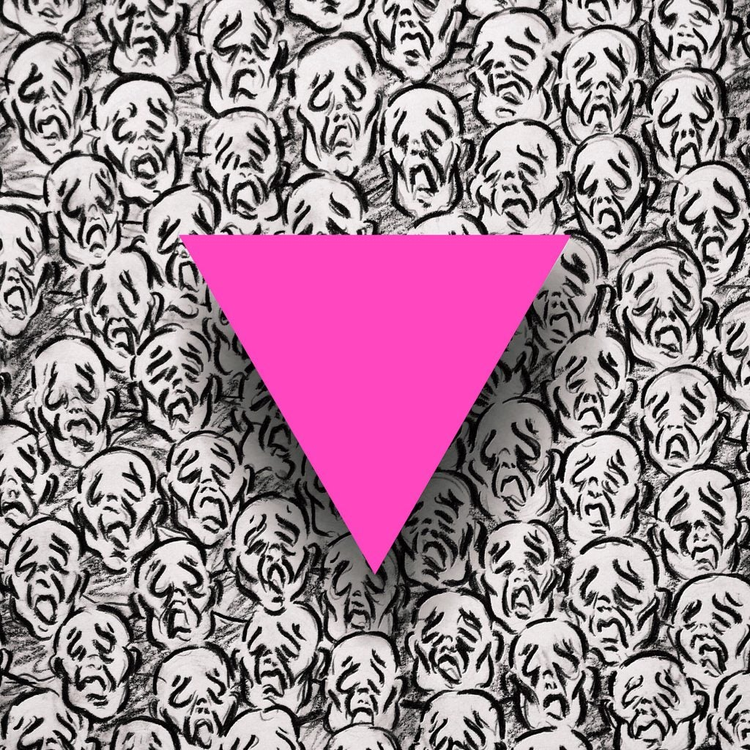Many people in my life have described me as an “old soul.” Whether it’s my love for peace and quiet, or my affinity for antiques and other elements from the past, I have always had a bond with the stories of my elders.
I also live everyday as a very modern young man according to our times, and with all the information available at the tip of my fingertips, it’s only natural for me to spend lots of time online learning and entertaining myself with the endless amount of content available. It is said that those who don’t know their history are doomed to repeat it, but I am constantly amazed at all the history from around the world that isn’t taught to us at school; both the good and the bad.
My curiosity led me to learn of the Pink Triangle and explore its historical origin, as well its legacy within the LGBTQ community.
Amidst the WWII concentration camps of Nazi Germany, thousands of queer men and women were distinguished from other victims of genocide through the mark of the pink triangle. Because the triangle stands as a symbol of truth for many cultures, it was inverted with the color pink to portray shame and heterosexism while submitting queer inmates to inhumane acts and mortifying conditions.
Once the war ended in 1945, many of the victims of the holocaust were freed and compensated for their horrendous prosecution, but not everyone. Queer individuals that were labeled with the pink triangle were re-incarcerated for up to another 24 years to “complete” their sentence of the long forgotten paragraph 175 of the German Penal Code that deemed homosexuality a crime. Such provisions were not abolished until 1994. Today, the fight for equal rights still continues.
In my drawing, the darker tone of our past is translated into the charcoal illustration that I crafted, including all of the individual and unique expressions that mirror the voices that were silenced during the holocaust.
I’m usually drawn to illustrations that focus on one character at a time, but as I created the painful crowd of the victims of the Holocaust, I felt like I could hear the screams and cries for help of those who are gone but never forgotten. This shift of style is one that I felt was necessary to capture the magnitude of history embodied by the Pink Triangle.
Follow Luis for more of his work with Project 1324.

